Shooting for Stock Photography
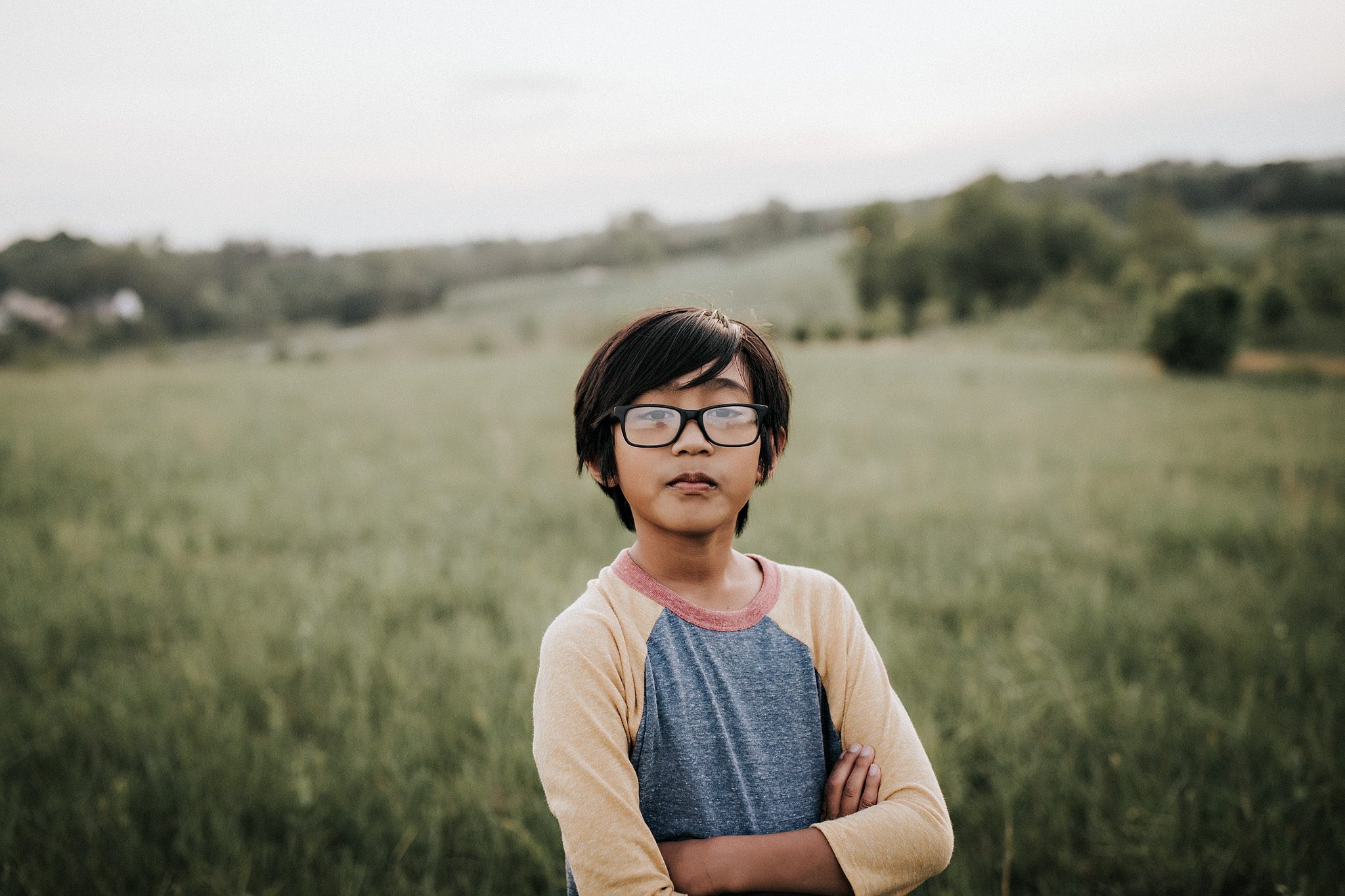
Last year I added stock photographer to my portfolio. It’s been a super fun side business for me! I was contacted by Offset, and have been very conscious about how I have been shooting my lifestyle images of my friends and family in order to make them stock friendly. My older son in particular is having a blast seeing his images on ads and print, and he thinks it’s pretty cool to have these kind of memories (I agree with him!) If you’d like to know more on how to get into stock photography, Beyond the Wanderlust wrote a really good piece about it.
Here are some of the techniques I’ve learned over the past year on how I keep my stock photography mindset when shooting my images.
Have a niche
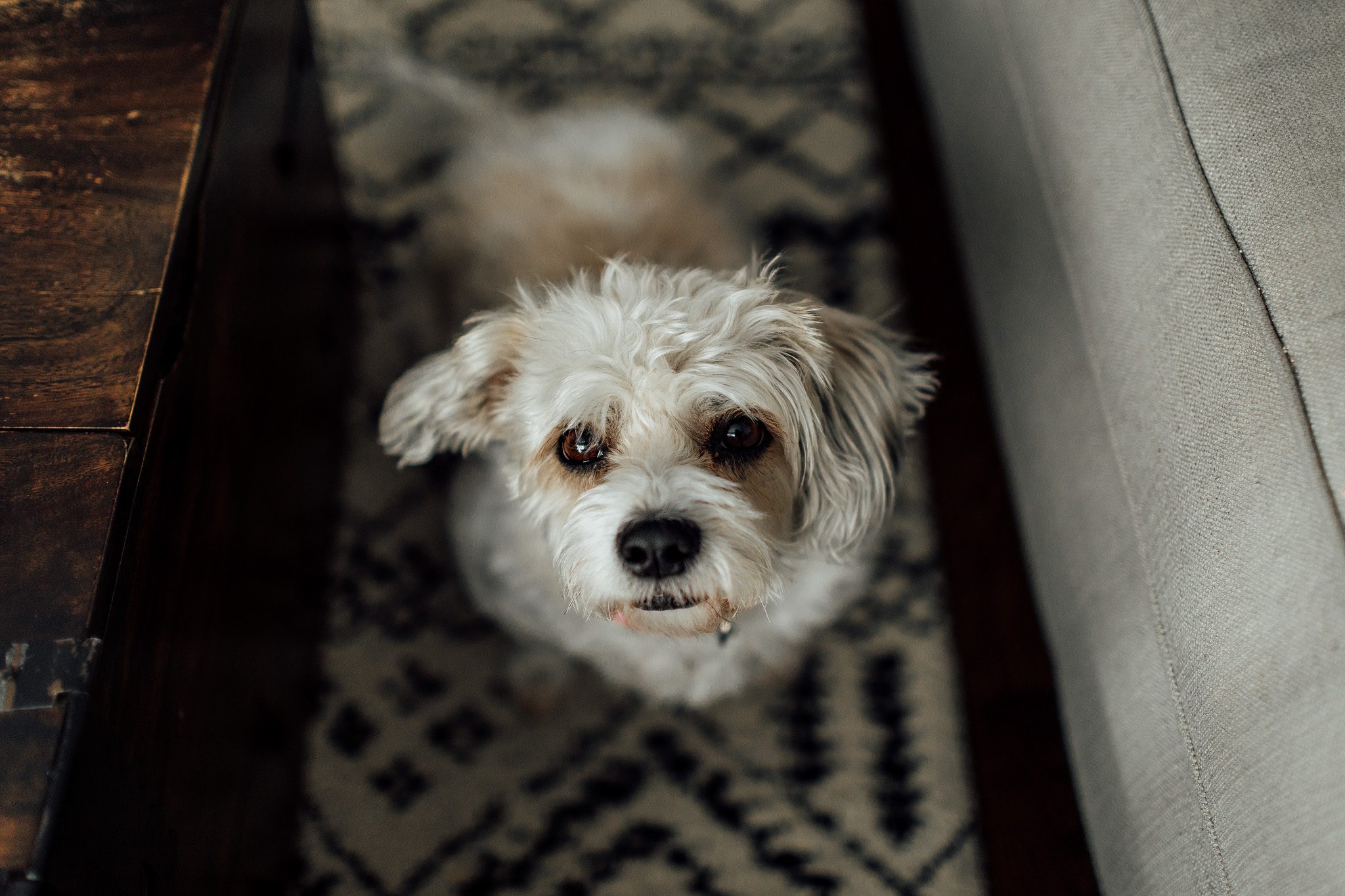
I chose not to use my client work with my stock photography work. I like keeping the line separate for two reasons: my clients hire me for personal photos of them, and only give me permission to use their images for Winnie Bruce Photography marketing purposes only. The other reason, it was a way to push me to photograph my family more. When offset asked me specifically for my lifestyle photos and portraits of my family, it became a good fuel for me to get started. So I found my niche and my stock portfolio is our daily life. This also became a theme when I licensed my images to be used through Shutterfly / Tiny Prints. So now, I break out my camera whenever I feel like adding a little something different throughout the busy season of my regular client work. It keeps my creative juices flowing
Choose your subjects
 I picked a handful of families to use for my stock portfolio and they’re my best friends who are pretty much family. It’s easy for me because we are usually always together, and I have my camera. I take a lot of photos when we hang out. This also makes the whole model release contracts a lot easier to handle. Depending on who you submit, you have to attach a model release per submission. To make my submissions quick and easy, I keep it simple.
I picked a handful of families to use for my stock portfolio and they’re my best friends who are pretty much family. It’s easy for me because we are usually always together, and I have my camera. I take a lot of photos when we hang out. This also makes the whole model release contracts a lot easier to handle. Depending on who you submit, you have to attach a model release per submission. To make my submissions quick and easy, I keep it simple.
When it comes to people, be mindful of clothing
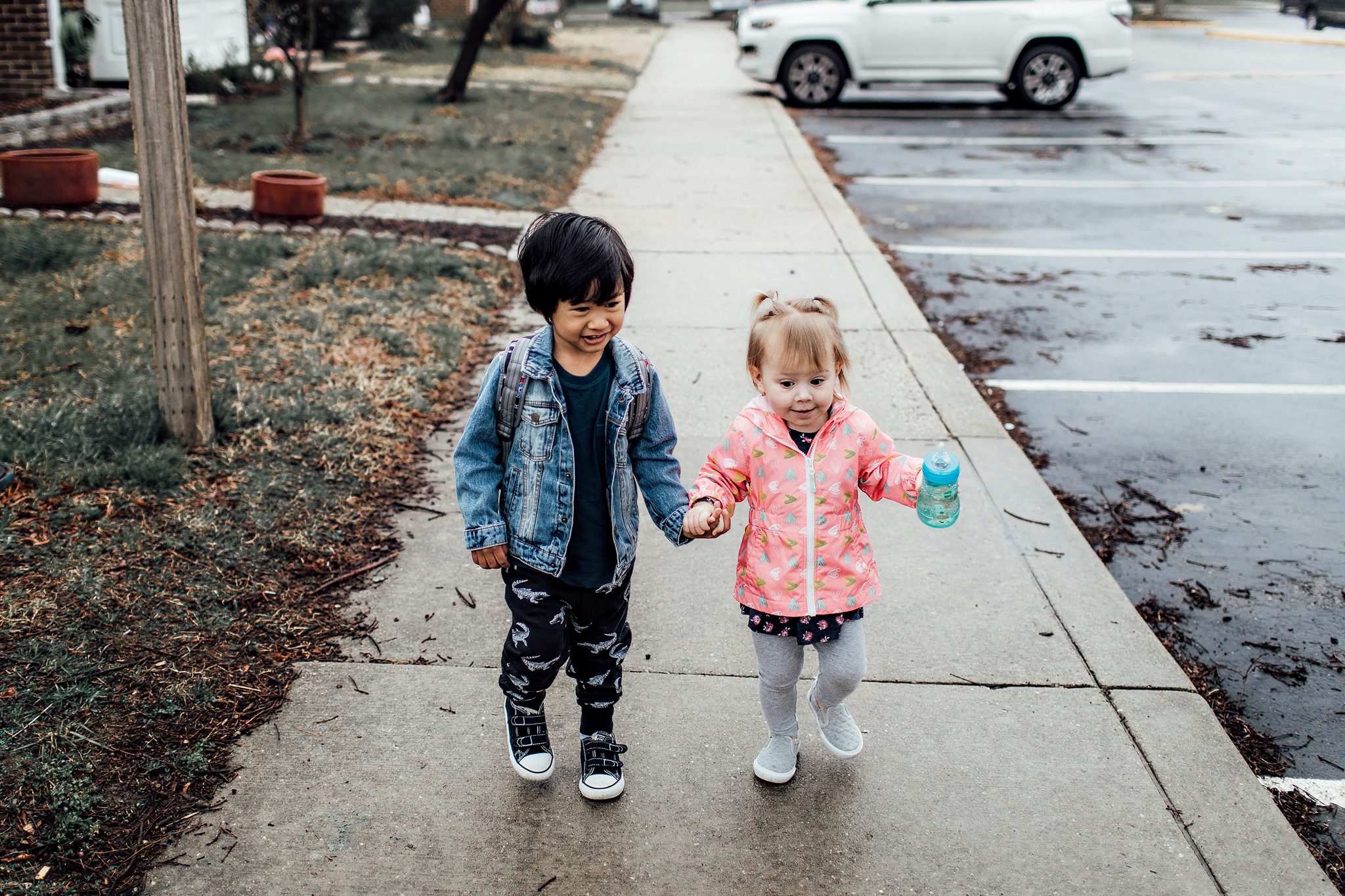
One of the biggest things I’ve learned is learning how to navigate clothing my kids. Absolutely no big logos, cartoon characters (nothing licensed really) and keep things easy to crop or removed. Recognizable characters or brands on clothing make it harder to license out images. I’ve learned to shop for it too, and dress for stock. We buy a lot of basic shirts from stores like Zara, we keep our sneakers fairly plain like using Converse shoes, and if there’s anything remotely that will have a brand, an easy few clicks of the spot heal tool in photoshop should be able to remove it. But again, just to keep things easy, I stray away from putting any licensed items on my kids. It’s a little harder sometimes with my husband being an avid sports fan, so I do have to give fair warning if I intend to take stock images.
Be careful of logos around you as well
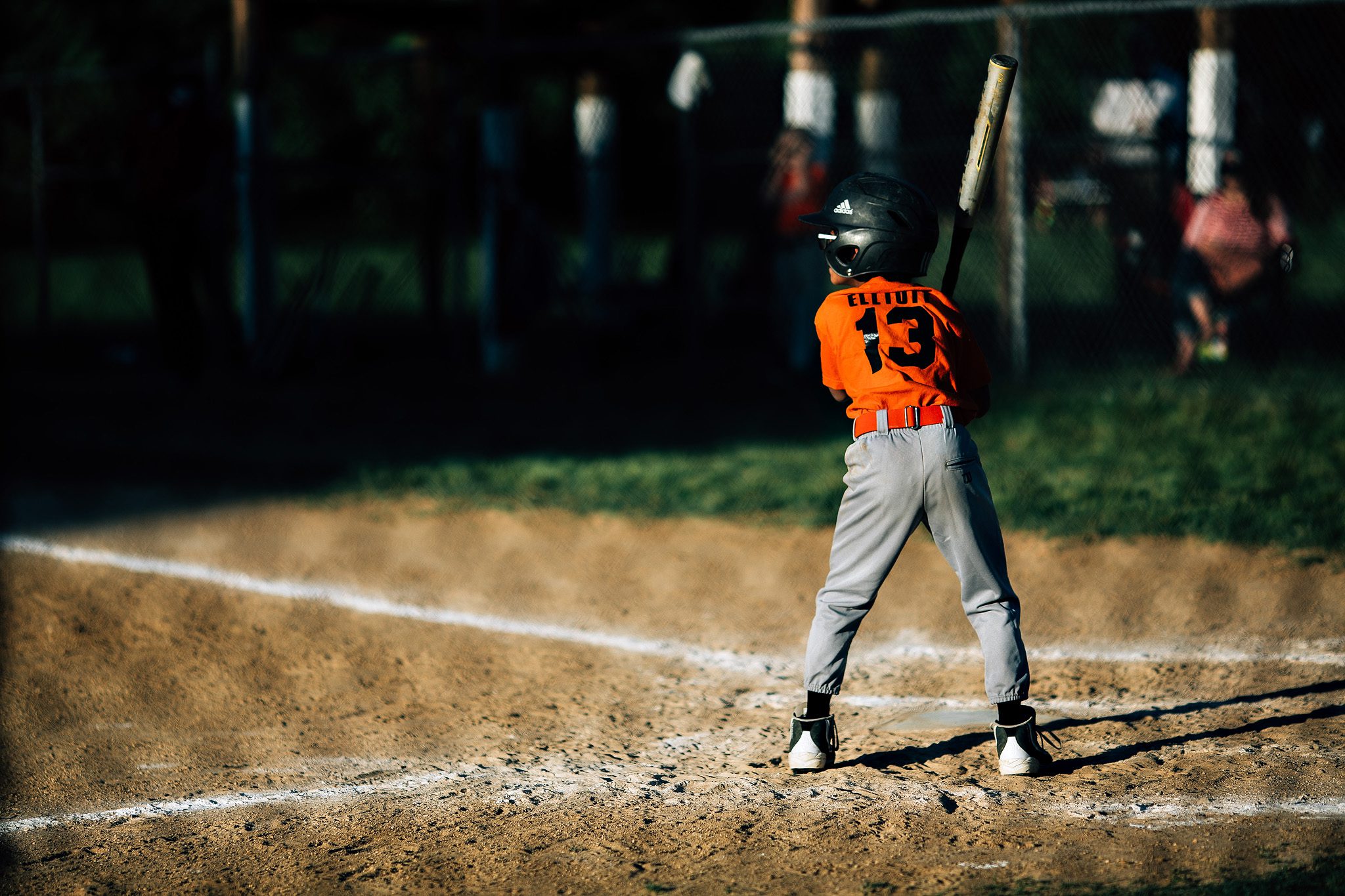
This was a harder one for me to really learn, specially since we were in the thick of baseball season when I started working with Offset. I’ve had to maneuver myself around logos, or just review my images thoroughly to remove brands (like the one on the bat and the pants for this image).
Shoot wide open
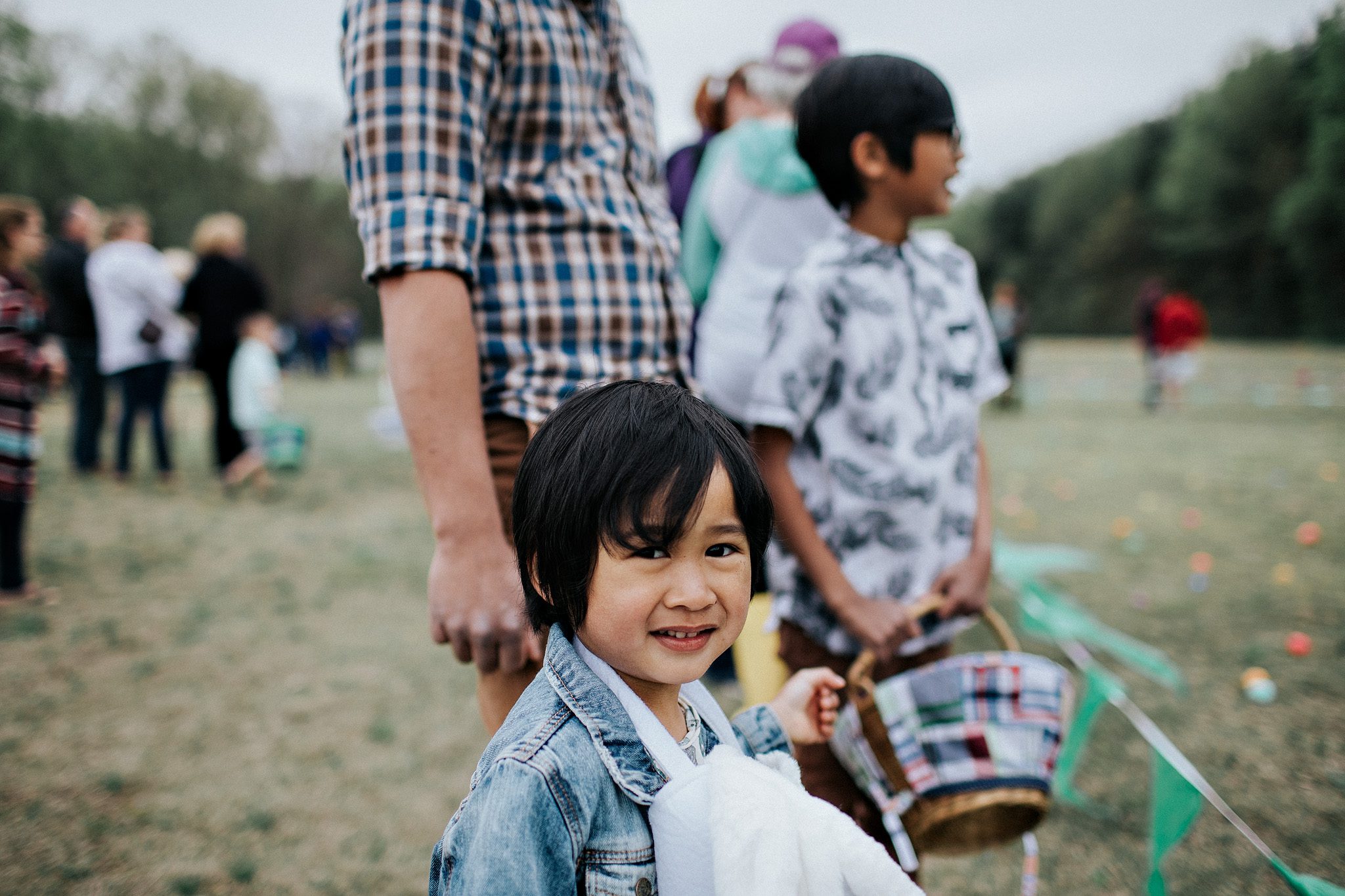
Not just for aesthetic reasons, but I find this to be the best when I’m at a public space too. I try to stay around 2.0 aperture when I’m taking images in public because it makes the whole model release easy. If a face is blurred enough and unrecognizable, then I wouldn’t need a model release for them. For reference, I thought my older son’s face was still pretty recognizable in this image, so I ended up sending a model release for both kids. If anyone else in the background was recognizable, the company would have asked I get their permission too. That would be hard since this was an Easter egg hunt, and I don’t know anyone else there. Keeping my backgrounds relatively adaptable for marketing is achievable with shooting wide open.
Take photos, the ones chosen will surprise you
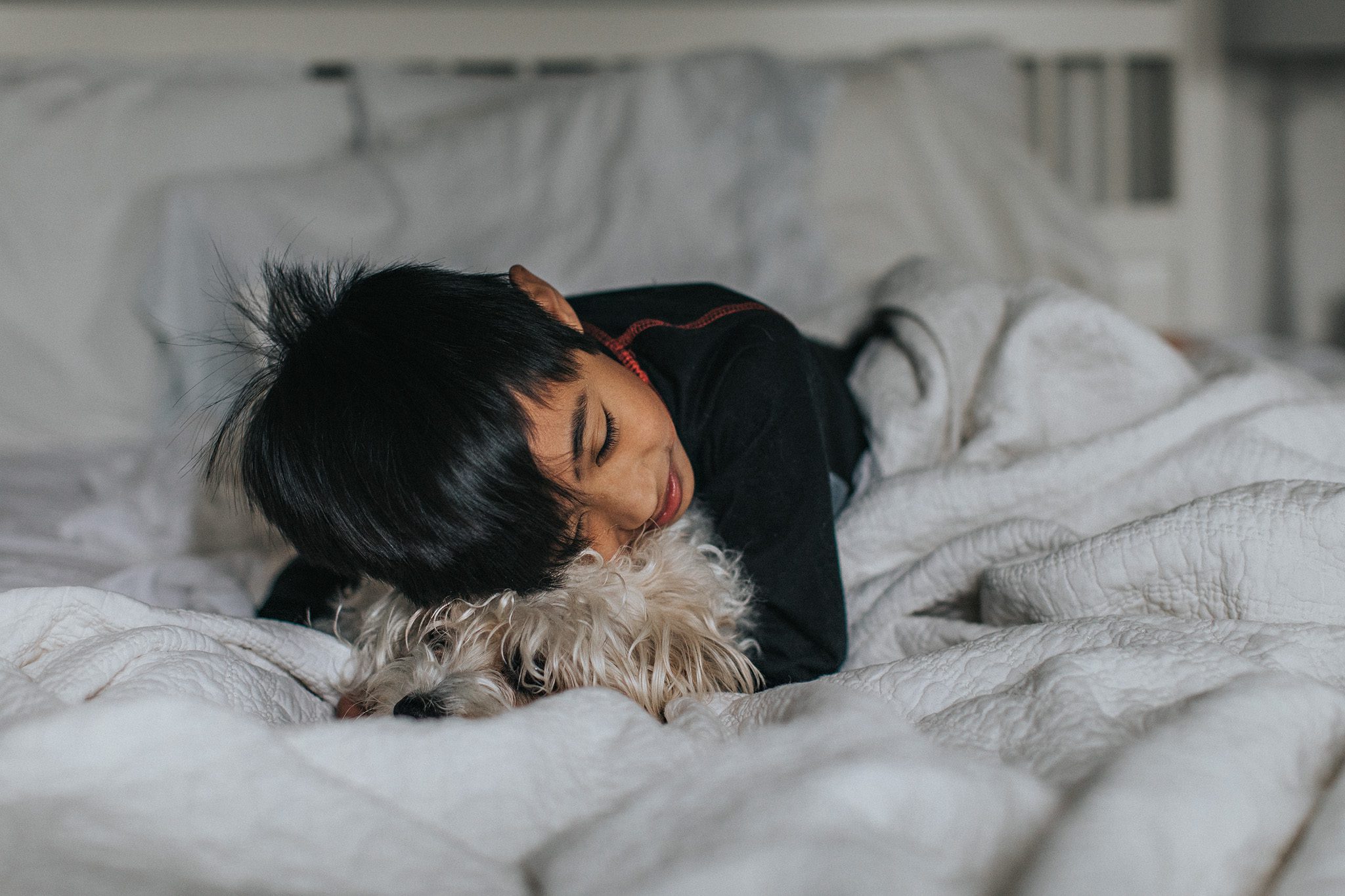
I’ve learned that I also have to be ready to cater to different stock needs. For example, I had zero intention on taking photos during my son’s sick day from school here. I thought though, why not, maybe it’ll make for good stock. And it did. This particular set rendered four images licensed and ready for sale. What I love about this is it allows me to step out of my comfort zone, to see if it’ll work out for me or not. Some experiments are duds, but some turn out to be pleasantly surprising.
Learn to observe the stock images around you
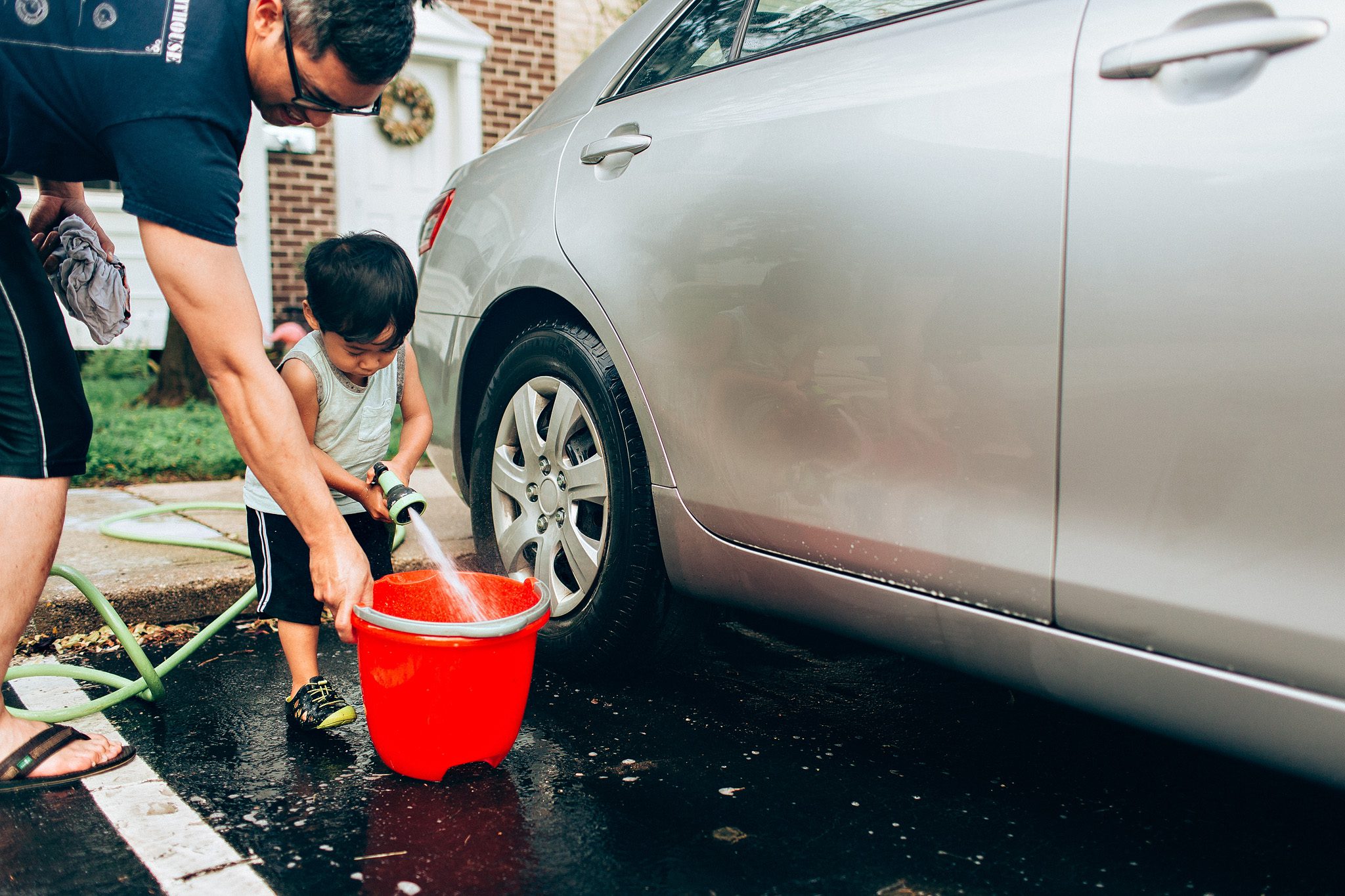
I take note of a few things when I’m out and about. I noticed that companies like images with a lot of movement, or even images that will allow for text to be added. I also noticed that they like choosing images that can be cropped easily. Take this image for example which is actually my best selling image to date. I think it has sold five times already. I normally wouldn’t crop like this, but the ones I have found that have used this image have cropped it, or added text marketing to them. I try to keep this in mind when I’m shooting for my stock images.
Bring your camera in places you wouldn’t think you might want your camera

I’m seeing a trend now too that real life = relatable (YES!), so whenever I can stick my camera in my bag, I do it. Do keep in mind that some places, specially private spaces, can ask you to stop taking photographs. Be respectful! I try to do it at more public spaces anyway, but every now and then, in much friendlier settings, I will definitely pull out the camera.
My gear
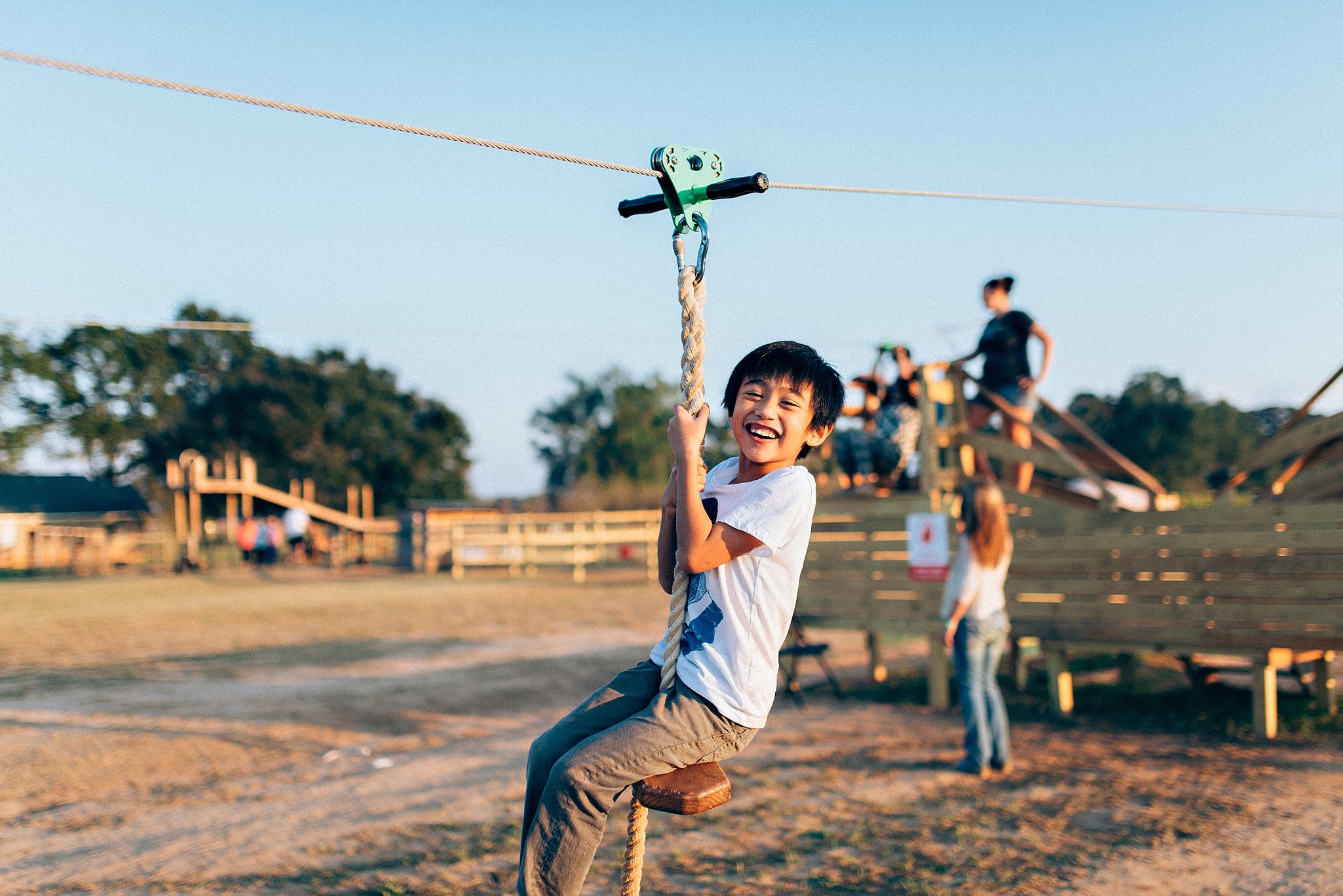 I use my Canon 5D mark IV or 1Dxii, but I usually go with the mark IV because it’s much smaller. I pretty much only use my 35mm lens. I can fit myself in tight spaces, and it doesn’t take up as much space and weight in my purse. It’s a pretty fast lens, and produces that creamy bokeh, but not too creamy that it retains the lifestyle feel of my images.
I use my Canon 5D mark IV or 1Dxii, but I usually go with the mark IV because it’s much smaller. I pretty much only use my 35mm lens. I can fit myself in tight spaces, and it doesn’t take up as much space and weight in my purse. It’s a pretty fast lens, and produces that creamy bokeh, but not too creamy that it retains the lifestyle feel of my images.
A few final notes
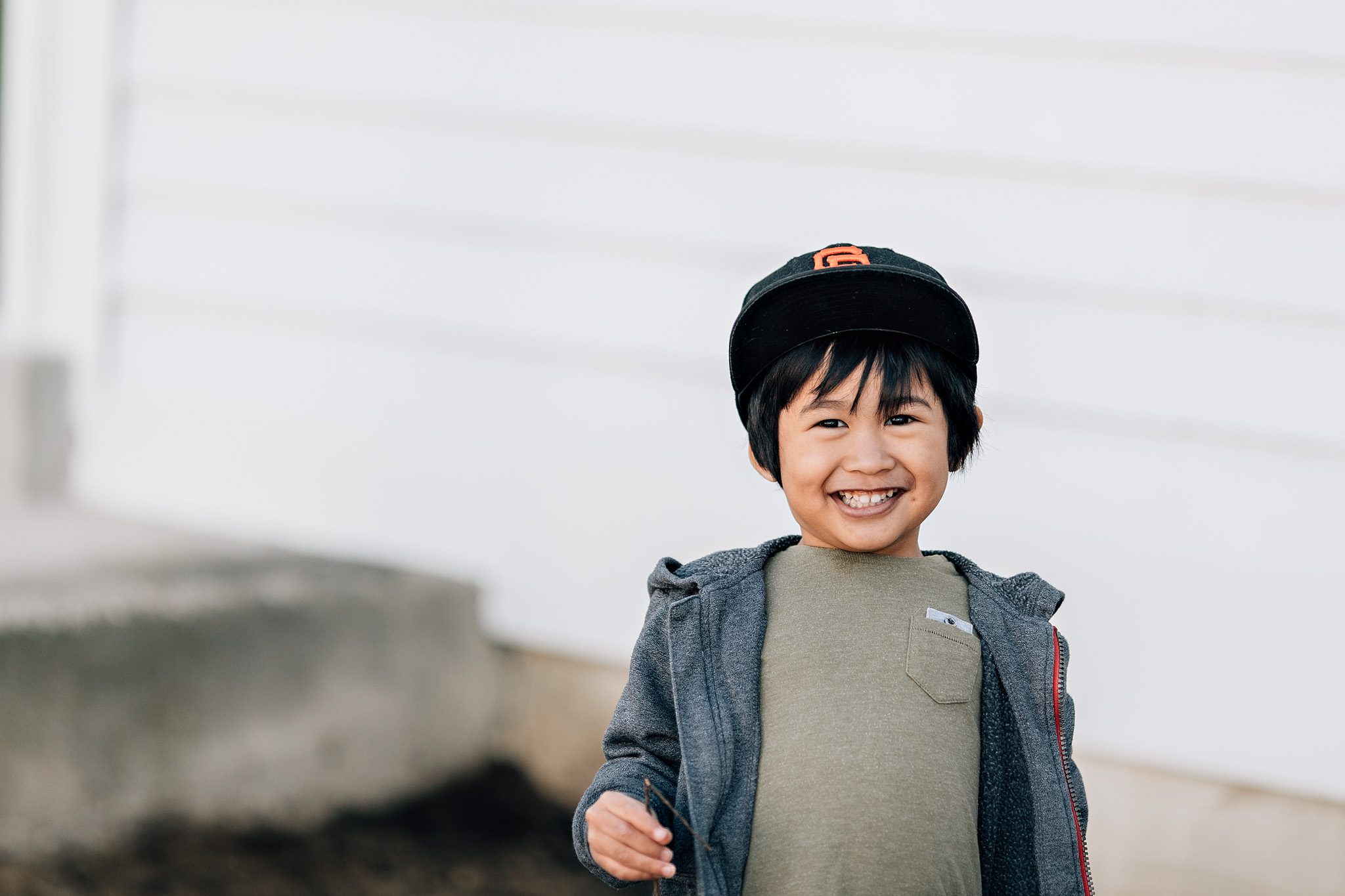
Stock photography is so fun and I find it quite liberating. I get to do anything with my images, submit, and pretty much hope that they like the images. Not all the images will be accepted, and that’s ok! I still get pretty amazing images of my life to keep. Also keep in mind that a lot of stock companies require a lot of signatures, and sometimes you don’t really know where your images end up. This is another reason why I keep the subjects to be just of my kids since this is something my husband and I are comfortable with doing with images of our boys (Same goes for our friends). Whatever company you go through with licensing your images, make sure you read the fine print. If it’s too much jargon, have an attorney read over everything for you!

My boys in the 2017 Tiny Prints Holiday Catalog

